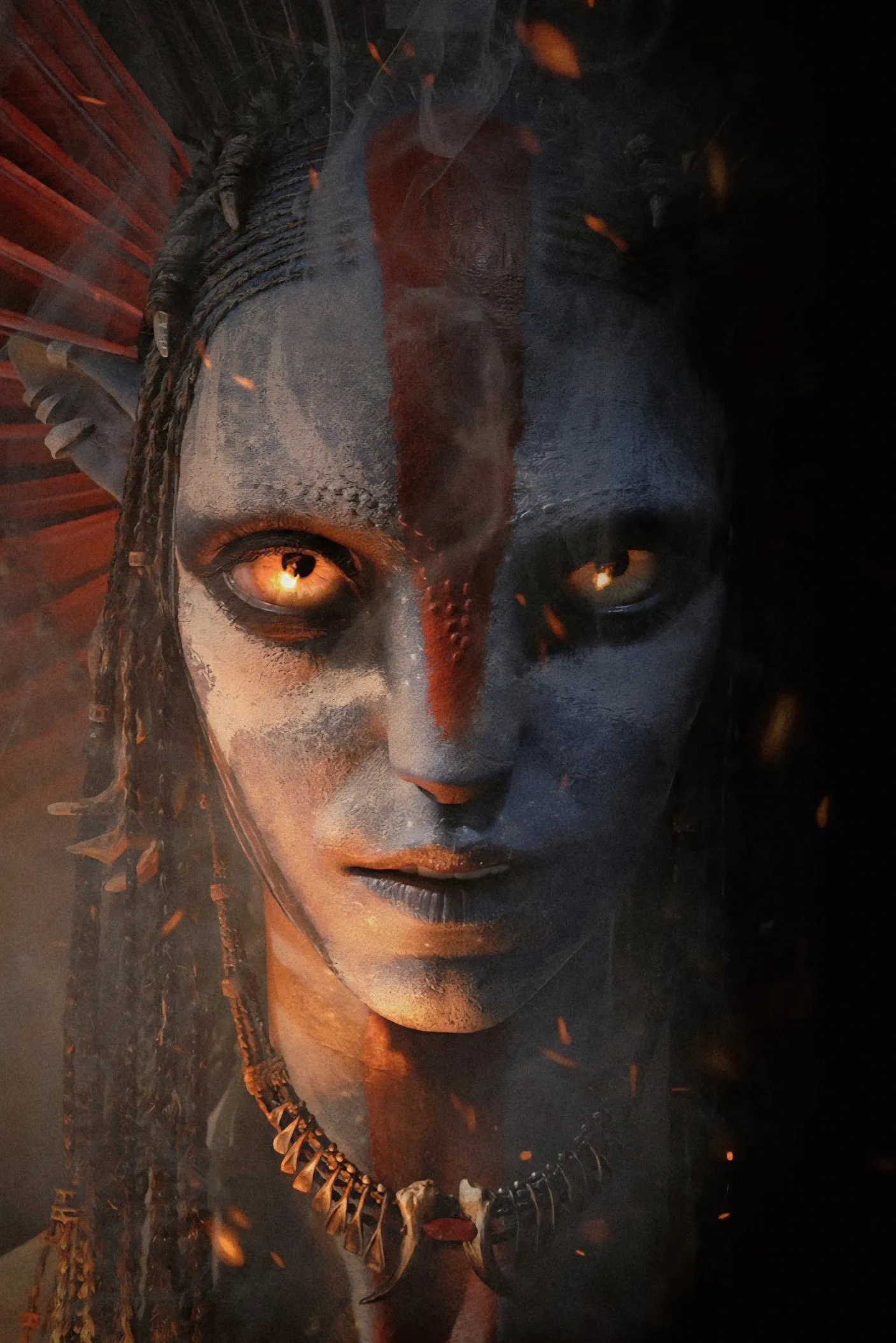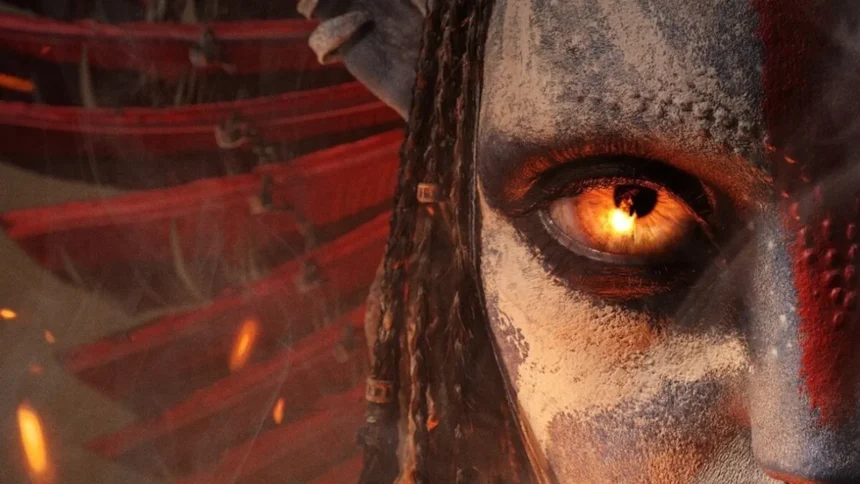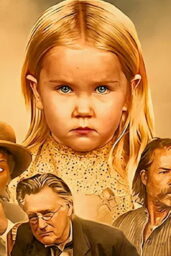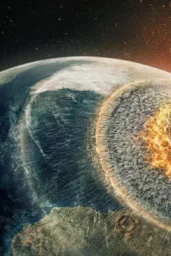The Rise of Varang
Varang, portrayed by Oona Chaplin, is the volcanic flame igniting the central conflict in Avatar: Fire and Ash. Unlike traditional villains who embody pure evil, Varang’s power stems from pain, survival, and ideological fracture. She is Pandora’s first real Na’vi antagonist—complex, deeply human in her flaws and motivations.
James Cameron described Varang as someone who “would do what’s necessary to save her people, no matter the cost,” pushing audiences to rethink black-and-white morality in the Avatar universe.
2. The Ash People’s Fiery Queen
The Ash People are not just another clan—they are a symbol of Pandora’s harsher realities. Living among volcanic wastelands, Varang’s leadership is forged in ash and fire, mirroring the brutal environment she commands. Her red, flame-inspired mask and warpaint echo the dangerous beauty and volatility of her home.
3. Power, Trauma, and Survival
Varang’s motivations are deeply rooted in trauma. She has witnessed the destruction of her people’s homeland and the failure of Eywa to protect them. Her belief that Eywa’s power is selective and that survival requires strength—even ruthlessness—makes her a leader both feared and admired.
This complex portrayal breaks away from the typical “evil villain” trope, presenting Varang as a tragic figure shaped by circumstance and grief.
4. Varang vs. The Sullys
Conflict between Varang and the Sully family is not just political but spiritual and emotional. Jake Sully’s vision of unity clashes with Varang’s belief in power through division and survival at all costs. This sets the stage for intense character-driven drama, pushing the narrative beyond simple good-versus-evil.
5. What’s Next?
On August 15, we soar into the skies with “Wind Traders: Sky Nomads and New Philosophy,” exploring another new Na’vi culture and the shifting philosophies of Pandora.










